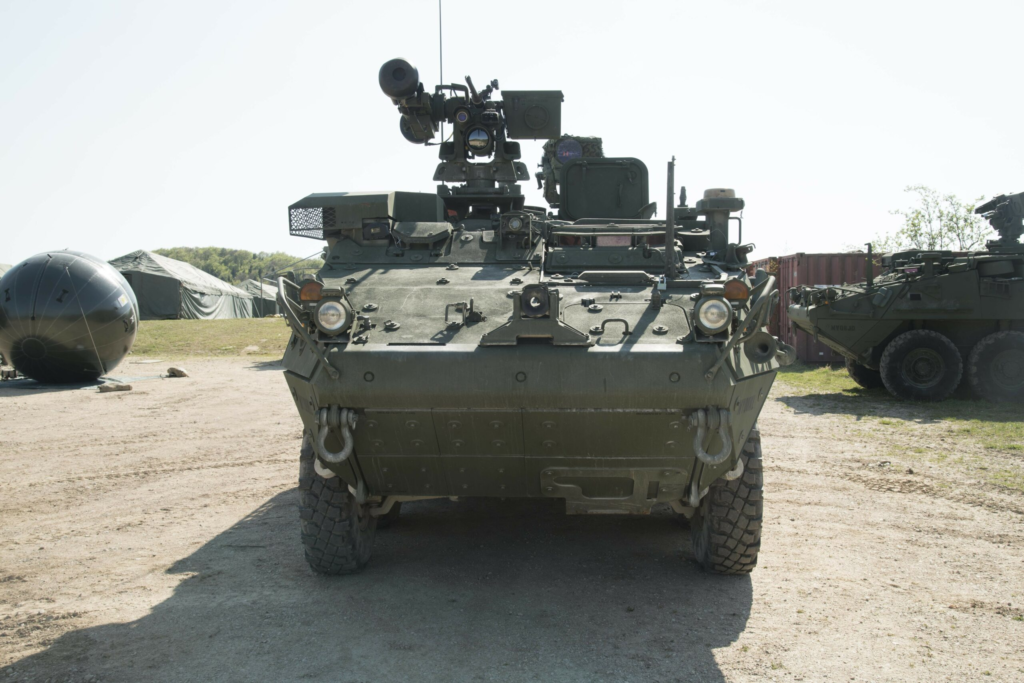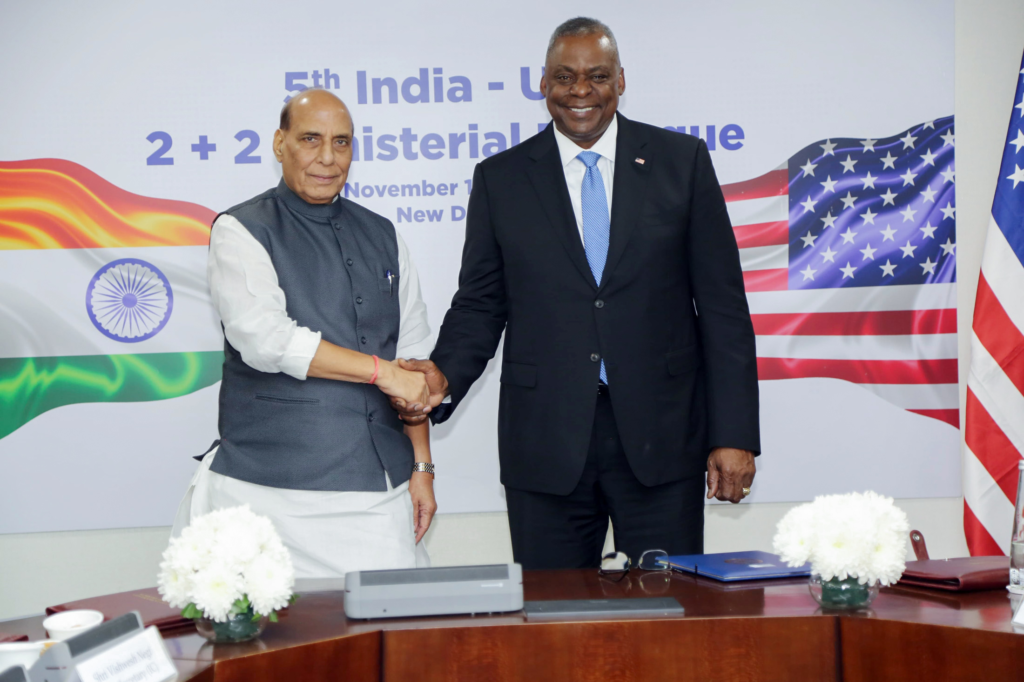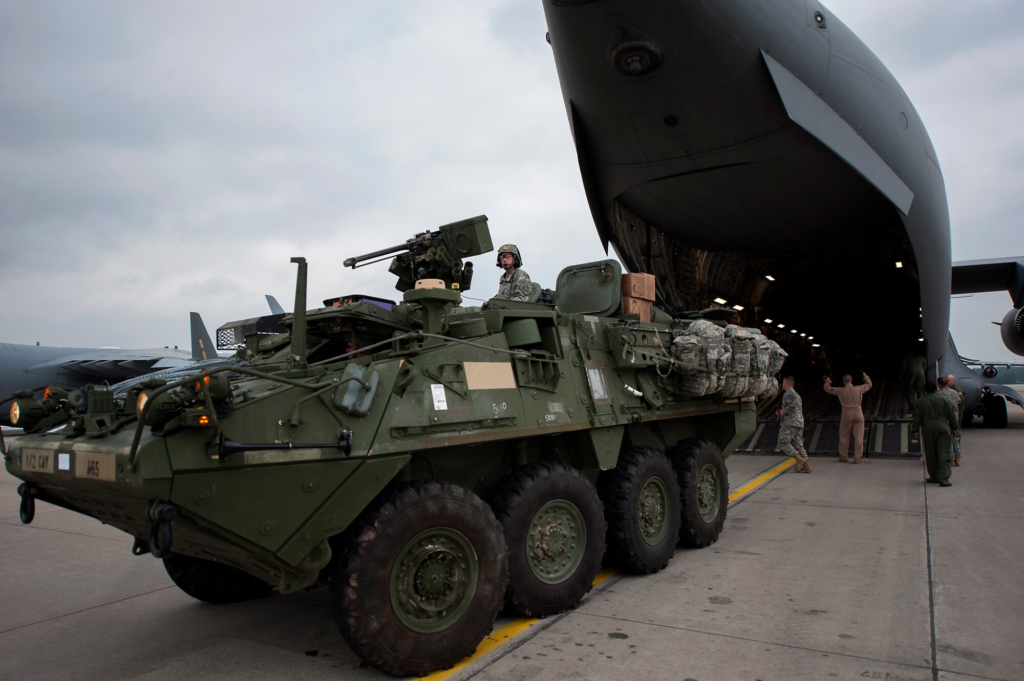In a move aligned with “Atmanirbhar Bharat”, BEML Limited has initiated a formal process to co-develop a Wheeled Armoured Fighting Vehicle (Wheeled AFV) and an Anti-Tank Guided Missile (ATGM) system. This development falls under the ‘Buy (Indian-IDDM)’ category, which mandates indigenous design, development, and manufacturing with at least 50% indigenous content.

Wheeled AFV for the Indian Army
BEML’s plan is to collaborate with a global technology partner. The aim is to develop a modern 8×8 armoured platform integrated with fire-and-forget ATGMs. The vehicle must meet requirements, including:
- Amphibious capability
- STANAG Level II/III protection
- Crewless turret with 30mm cannon
- Advanced thermal sights and laser detection
- CBRN protection and power backup systems

The U.S. Secretary of Defense from the previous administration pushed for joint development of armoured vehicles with India. He positioned it as a pillar of strategic cooperation under the Defense Technology and Trade Initiative (DTTI). However, the proposals largely revolved around promoting U.S. platforms like the Stryker, which neither offered groundbreaking capability nor addressed India’s real operational needs. Meanwhile, India has already developed indigenous wheeled armoured vehicles such as the Tata/DRDO WhAP and the Mahindra/DRDO NBC Reconnaissance Vehicle. These platforms not only match the performance of the Stryker in every aspect but also surpass it in multiple aspects.

Wheeled AFV: The Stryker Comparison
The US Stryker platform, often paired with the Javelin ATGM, has been under discussion for Indian acquisition. It offers:
- 8×8 mobility
- Proven performance in high-altitude and urban warfare
- Integration with US-origin weapons like the Javelin
The specs outlined in the BEML process mirror many Stryker features — minus the turret — pointing toward similar operational expectations.

Indian Alternatives Already Exist
Despite this fresh initiative, India has already developed vehicles in the same class:
Tata/DRDO Wheeled Armoured Platform (WhAP)
This indigenous 8×8 vehicle is designed for modularity and flexibility. It features:
- Amphibious capability
- STANAG-compliant protection
- High mobility with independent suspension
- Compatibility with multiple weapon modules
The WhAP has already undergone extensive user trials with the Indian Army.

Mahindra/DRDO NBC Reconnaissance Vehicle
While designed for nuclear, biological, and chemical (NBC) reconnaissance, this 8×8 platform includes:
- CBRN protection
- Modern navigation and communication systems
- Combat mobility matching WhAFV class platforms
With modifications, it could serve broader combat roles similar to WhAFVs.

Strategic Stakes: Choosing a Direction, Not Just a Design
At its core, this process is not merely about selecting a new combat vehicle. It reflects the direction India wants to take in shaping its future battlefield mobility. While BEML’s effort opens the door for international collaboration, it also invites reflection on the capabilities India already possesses.
Platforms like the Tata/DRDO WhAP and Mahindra/DRDO NBC Reconnaissance Vehicle demonstrate that Indian industry has matured. These vehicles meet or even exceed key operational benchmarks — mobility, protection, modularity — and are tailored for Indian terrain and requirements.
Therefore, the critical question is not just about which vehicle fits the specs, but which approach strengthens India’s defence ecosystem in the long run. Global tie-ups can add value, but any such collaboration must complement, not duplicate, the progress already made within India.

good development but process of testing and purchase must be fair